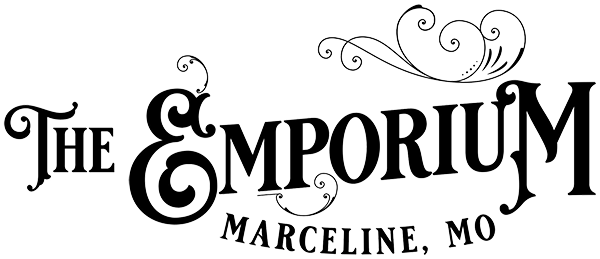Walt Disney: The Triumph of the American Imagination
Walt Disney, or: How to Create an American Mythology
by Terry R. Blew
Ever since I purchased this book and began eagerly devouring it, I’ve debated whether I am qualified to write a review for it, or conversely, whether I may be uniquely UN-qualified, and should recuse myself due to bias. You see, my family’s mythology is deeply intertwined with that of the late Mr. Disney. I was born in Marceline, MO, Disney’s boyhood home, the small Midwestern railroad town which, as I was told growing up and the book clearly relates, formed the foundation for so much of his character, outlook, and artistic vision. The town really is a great slice of small-town American life, even to this day. My parents grew up and got married there, my Father and grandparents are buried there, and I still visit it when I get the chance, which isn’t nearly often enough. For those and many other reasons, the Disney mythology deeply resonates with me. But, with as much objectivity as I could muster, I decided to go for it.
I apologize for the long back story, but it’s an integral part of my review and is what inspired me to write, so it bore mentioning. Neal Gabler’s “Walt Disney: The Triumph of the American Imagination” is a fascinating, absorbing, and detail-filled examination of the life of a man who not only desired to re-create his own earlier, idealized rural (translation: Marceline) experiences, but who expanded that vision to the rest of the world through his pioneering work in both animation and entertainment. Nothing is missed: Walt’s early and (perhaps even over-dramatized) difficult childhood; The creation of the Disney studio and it’s early successes including Mickey Mouse, one of the world’s most recognized artistic and commercial symbols; the animated triumph of Snow White and the Seven Dwarves; the devastating animator’s strike of 1941, and the post-war metamorphosis from cutting edge folk artist to corporate defender of cold-war conservatism and “right-wing” values. Gabler manages to portray the whole story in a disarming and captivating, straight-forward, one would almost say, mid-western, tone that I for one can certainly relate to.
The resultant impact that Disney (and the huge mega-corporation he almost single-handedly created) has had on society, culture, and even politics has been mixed to say the least, and the book argues, successfully I think, that there is no clear-cut, clean and simplistic answer to the question, was it for good or ill? Ironic, considering that black and white, good versus evil simplicity versus shaded, ambiguous and complex meaning were recurring themes throughout his artistic life, and by extension, that of our country, more relevant than ever in this day and age. I found the book to be very balanced, with equal credence given to both sides of that coin. Occasionally, I found myself getting bogged down in the pedantic details of the development of the animation and the inner dynamics of the company. But they weren’t too overwhelming, and in the end, they were both necessary and complementary to the main story of Disney’s life. In fact, the book works on several levels: in-depth biography, socio-cultural exposition, artistic history lesson, and to boot, a damned interesting business read.
For me, in the end analysis, I was able to capture, or really re-capture through reading this fine book, a sense of my own childhood as seen through my family experiences in literally THE small-town America (once I got that Main Street, USA in both Disneyland and Disney World were modeled after his youthful memories of Main Street in Marceline, it all became clear). The idea that a substantial part of my world-view was shaped by watching Disney movies as a kid and heck, even as an adult, and the way Disney created an alternative universe, simplistic or not, that one can escape to (or do we live in it at least partially today?) is compelling. The book captures all of these ideas and more. I think that anyone, regardless of their connection to the Disney story, would feel the same, and that is the mark of a good book, now isn’t it?
Finally, a shout-out: To my Aunt Erma, who still lives in that wonderful small town, I love you, Aunt Erma!
Randy Blew



